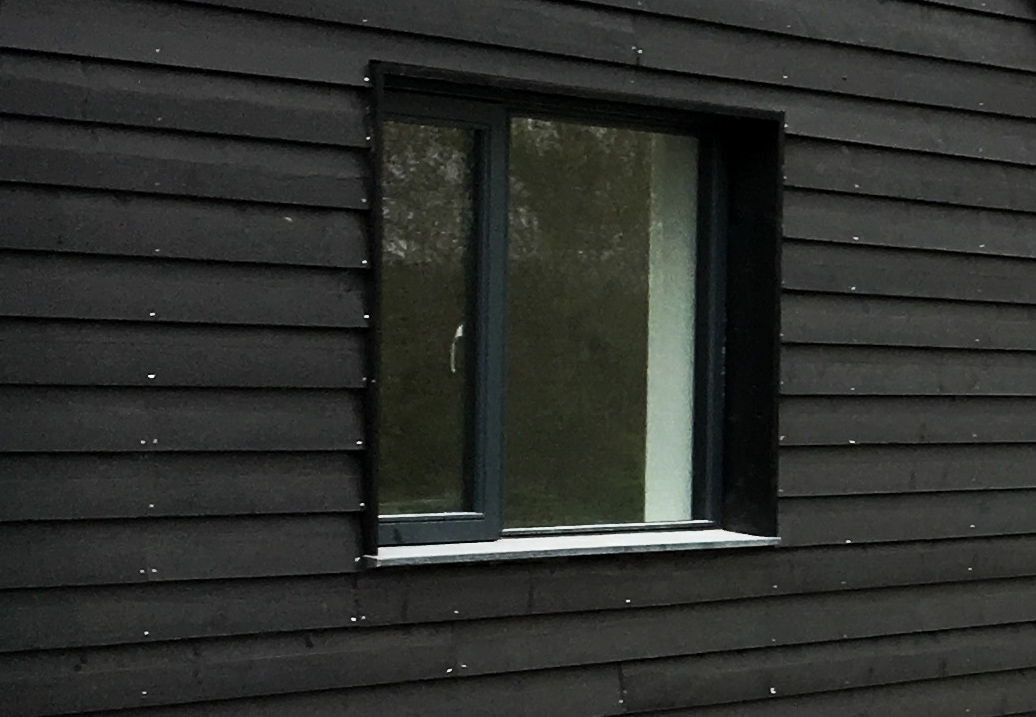You are here: Gaps in the government fund for cladding
More than three years after the fire at Grenfell Tower claimed 72 lives, injured a further 70 and made hundreds homeless, the Government is finally putting some money where its mouth is. To a degree.
Although the blaze was caused by a faulty fridge on the fourth floor, it set fire to the building’s external cladding and a chimney effect, created by an air gap behind the cladding, kept the flames supplied with oxygen, which carried them to the top of the building.
In the immediate aftermath, flat owners living in similar buildings found their homes impossible to sell, and many were facing hardship or financial ruin when bills for the removal and replacement of non-compliant cladding started dropping through their doors. One in six leaseholders are now considering bankruptcy, according to data gathered by Inside Housing.
Mortgage lenders started to value some properties in buildings more than 18 metres tall at £0, until the Royal Institution of Chartered Surveyors (RICS) devised a process for inspecting tall buildings and certifying them safe, by means of an EWS1 form. The form isn’t a statutory requirement, but many lenders won’t finance a mortgage in affected properties without one. It lasts for five years, after which it needs renewing. The House of Commons Library has a good explanation of the EWS process and how it works.

The government steps in
On 10 February this year, housing minister Robert Jenrick announced a £3.5bn fund to finance the replacement of the unsafe cladding on buildings over 18 metres tall. This was good news for homeowners living in buildings like the 67 metre-high Grenfell Tower.
The government explained that “this will ensure funding is targeted at the highest risk buildings in line with longstanding independent expert advice and evidence, with Home Office analysis of fire and rescue service statistics showing buildings between 18 and 30 metres are four times as likely to suffer a fire with fatalities or serious casualties than apartment buildings in general.”
The funds will be financed by a tax on property developers “reflecting the benefit they will derive from restoring confidence to the UK housing market.”
It is not such good news for thousands of flat owners in buildings of five storeys or less, though, as their communal blocks are unlikely to exceed the government’s minimum threshold. A separate scheme will offer low-interest loans for cladding removal on buildings between 11 and 18 metres tall, on which leaseholders’ repayments should never be more than £50 a month. The government says it should make such properties “worth lending against”, but it still works out at £600 a year, which in some parts of the country could be the same as a 13th mortgage payment — or more. Moreover, with some homeowners facing bills topping £70,000 for their share of renovation, paying off the capital alone would take more than 116 years at that rate, and longer than that when you factor in the interest.
So, while the loans might make such properties worth lending against, it could still put them out of reach of first-time buyers and make them less attractive for everyone else. The upshot is that medium-rise homes could become more difficult to sell. No wonder even some Conservative MPs aren’t cheering their own government’s announcement.
Low-rise living
The Government’s cut-off points reflect The Fire Brigade’s ability to perform rescues at different heights. Some platform-based ladders extend to 18 metre, making remedial action for buildings exceeding this a priority. However, it seems likely the recently announced 11 metre amendment was introduced on the back of service recommendations. Fire Brigade Union general secretary Matt Wrack told i that, “we’ve consistently told Government that the 18 metre height threshold is not good enough if they want to ensure residents are safe. If the Government wants a height threshold for prioritising the removal of flammable cladding, we have recommended it be 11 metres, as that is what could be considered a high-rise rescue.”
Yet, as the Mayor of London has pointed out, “fire risk does not adhere to strict height thresholds.” While residents in properties of 11 to 18 metres may feel short-changed in being given a loan rather than a grant, they would still be relatively fortunate compared to anyone in a building of three stories or fewer landed with a bill for remedial work.
With the government having last year launched a consultation on banning combustible materials on building of four or more stories, now would be the perfect opportunity to re-examine issues surrounding fire safety in all new buildings, regardless of height.
Should issues be found, the country as a whole has a moral obligation to contribute to putting them right.
If you are considering extending or altering your home, you may find some of these services useful:
Architectural Design Services
Find local Architectural Design experts
Find an Interior Designer
Find details of local Interior Designers
Help with Planning Permission
Find Professionals who can help you apply
Builders
Find local help with a building project
Structural Inspections
Find an expert to carry out a structural inspection
Structural Calculations
Find an expert to provide Structural Design Calculations
Building Surveys
I want a local surveyor to do a Building Survey for me